Seven Natural Phenomena Worth Traveling to Alaska For
From salmon spawning to the dancing lights of the aurora borealis, Alaska has some of the country’s most impressive natural wonders
/https://tf-cmsv2-smithsonianmag-media.s3.amazonaws.com/filer/f7/8e/f78e8d79-dd81-4cf3-8ff1-87aee4689b6b/sockeye_salmon_spawning_in_a_pond-main.jpg)
Alaska is a place of extremes. Midnight sun. Polar night. Winter temperatures of 50 below. Summers lush with wildflowers and blackberries. The continent’s tallest mountain. More coastline than all other 49 states combined. The state is also home to some of the wildest natural phenomena in the world. From the tidal bore of Turnagain Arm to the gleaming “sundogs” that appear on the coldest days, here’s a guide to the state’s once-in-a-while wonders.
Turnagain Arm Tidal Bore
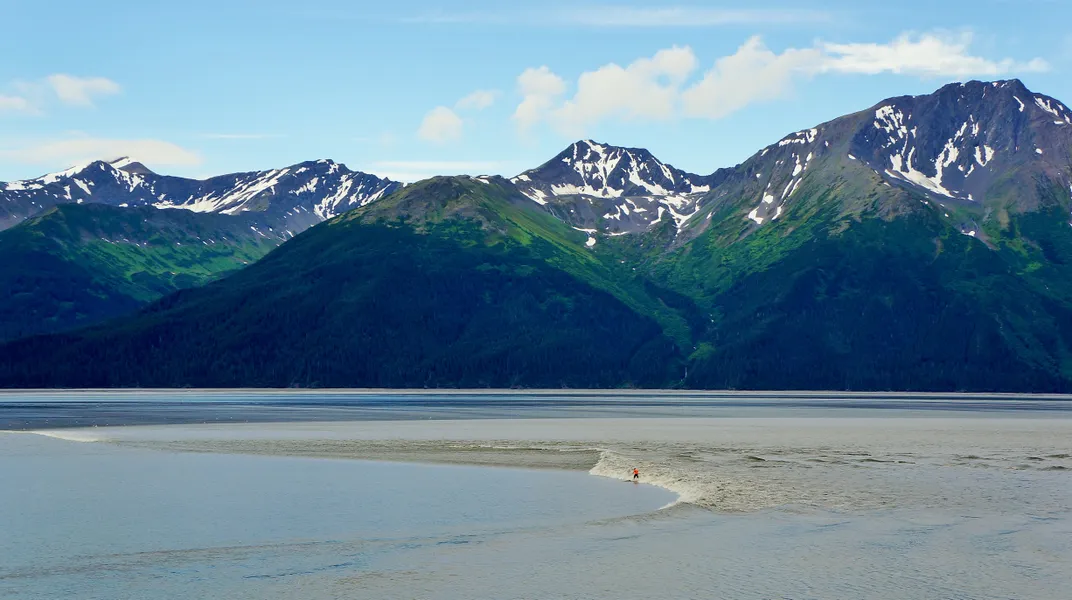
Here’s something you don’t often find in the lower 48: Surfers on a river. Twice a day, Alaska’s Turnagain Arm waterway experiences a bore tide, when outgoing water slams against the tide coming in from the ocean. It causes an inland wave as high as 12 feet, more than big enough to hang ten.
The Turnagain Arm’s impressive tidal bore has to do with the shape and length of the waterway, says Travis Rector, a professor in the department of physics and astronomy at the University of Alaska Anchorage. Because the arm is so long, it takes hours for the water to drain out at low tide. It’s still draining when the water rushes back in at the next high tide. Bang: tidal bore.
“Another factor is that the opening to the Turnagain Arm is quite wide, and then it narrows to a point,” Rector says. “As it narrows it squeezes the water into a smaller area, causing the bore tide to get quite high.”
Beluga Point, south of Anchorage on the Seward Highway, is a prime bore-watching spot.
Sundogs
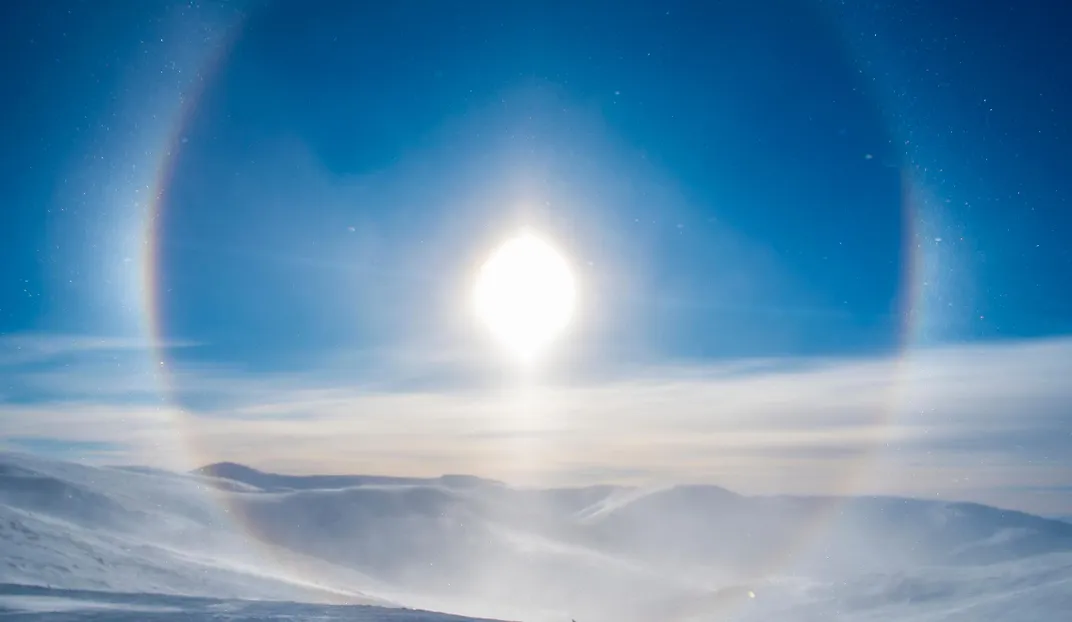
Their scientific name is parhelia, but sundogs just has a flashier ring to it. On cold days when the sun is low on the horizon, ice crystals in the atmosphere refract light to create bright spots on either side of the sun. Sometimes they’re white or gold, other times they have a near-rainbow spectrum.
“They’re called sundogs because they’re always 22 degrees from the sun,” Rector says. “So if you are moving, they appear to be chasing the sun, like dogs might.”
Because sundogs are more likely to appear when the sun is low, sunrise and sunset on frigid days are the best times to spot these glowing pups.
Ginormous Vegetables

Alaska’s barely-setting summer sun may mean insomnia for humans, but it’s got major benefits for things that photosynthesize. Up to 20 hours a day of sunlight creates vegetables straight out of a mad scientist’s lab: a 138-pound cabbage, a 35-pound broccoli, a 42-pound beet, a carrot as tall as a grown man and a one-ton-plus pumpkin. The sun not only makes the veggies bigger, it makes them sweeter.
"People often try our carrots here, and they think we've put sugar on them," Steve Brown, an agricultural agent at the University of Alaska Fairbanks, told NPR.
The best place to see these green (and yellow, and orange, and red) giants is at the Alaska State Fair, held each August in the agricultural town of Palmer (though, due to Covid-19, it was canceled this year for the first time since WWII).
Spawning Salmon
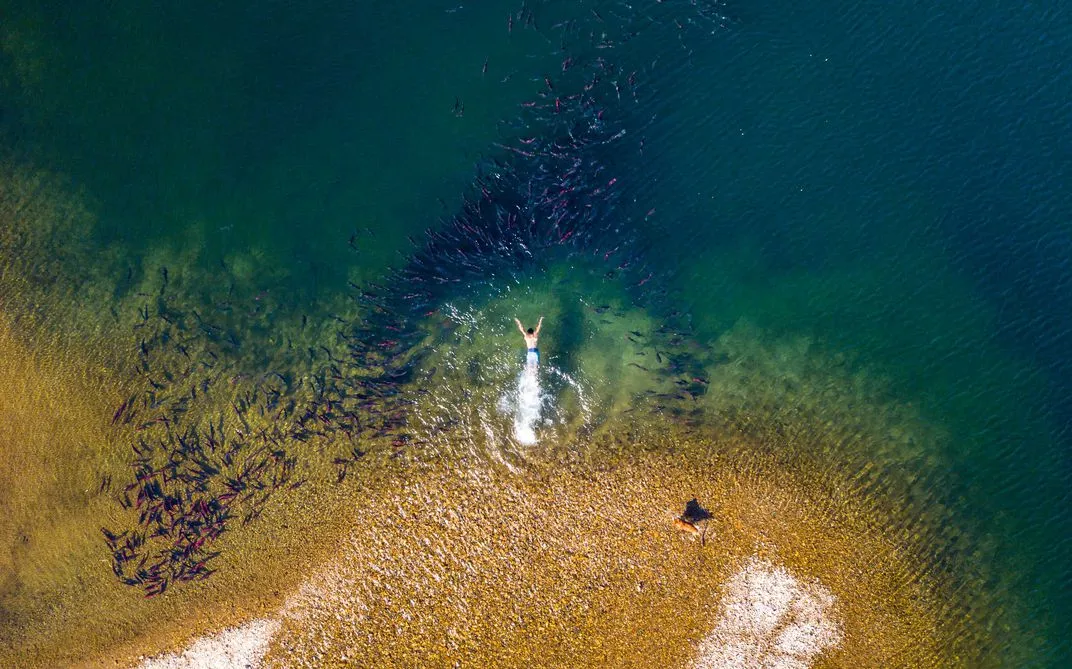
In summer, Alaskan waters swell with millions of wriggling salmon, who return to their native streams to spawn. The icy water almost seems to boil as fish jockey for the best positions. Some species, such as the sockeye, turn from silvery to pink or red at spawning time, giving the water a rosy hue.
The Alaska Department of Fish and Game has a number of tips for the most successful fish-viewing. Most importantly, don’t get too close. Use binoculars to watch from a distance, crouch when you approach the stream to avoid throwing your shadow over the water, and walk softly to avoid making vibrations. If the fish sense your presence they may get spooked.
“If stressed during spawning, fish may move to less suitable spawning sites, leading to reduced reproductive success,” says the ADF&G guide.
The ADF&G also offers a handy list of the best times and places to spot different salmon species: catch ruddy sockeye in Russian River Falls on the Kenai Peninsula in mid-summer, look for chum salmon in Juneau’s Sheep Creek in late summer, view coho in the Delta Clearwater River near Delta Junction from late September through late October.
Aurora Borealis

Of course we can’t forget the aurora borealis, the famed dancing lights of the far north. The green and purple glow happens when electrically charged winds from the sun meet earth’s magnetic field. Different Native Alaskan peoples have traditional stories about the lights: torches held by spirits, the dead playing ball with a walrus skull, a harbinger of evil.
“The interior of Alaska, near Fairbanks, is an excellent place to go,” Rector says. “On a clear dark night, the odds of seeing aurora there are usually around 50 percent.”
The University of Alaska Fairbanks has an Aurora Forecast to help you know if conditions are right for a night-time spectacle.
Alpenglow
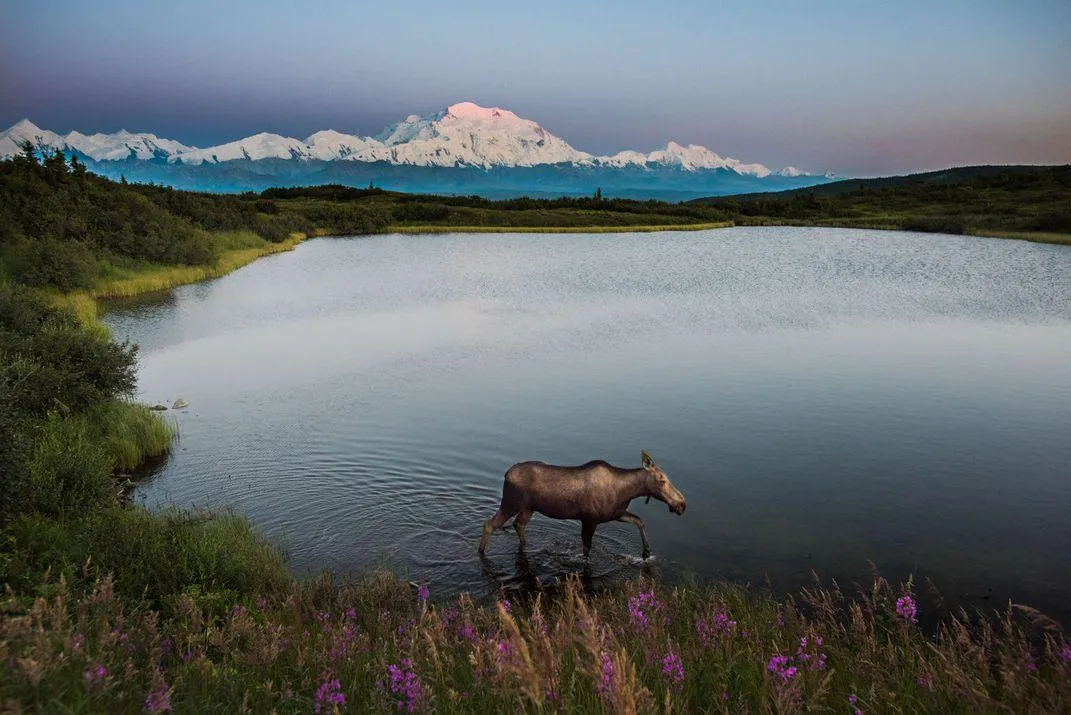
Another phenomenon of light scattered through ice crystals, alpenglow is a ruddy color that seems to emanate from the mountains just before sunrise and sunset.
"[T]he explanation of alpenglow is straightforward," write astronomers David K. Lynch and William Livingston in their book Color and Light in Nature. "Initially, it is reddish-orange light from the low sun, but later it is the twilight arch [the segment of colored light on the horizon after the sun has set] that is reflected from the mountains."
See it best on mountain ranges that face east or west. The Chugach Mountains outside Anchorage face west, making them an excellent setting for late afternoon alpenglow. Clear winter days make for ideal viewing conditions.
Volcanoes
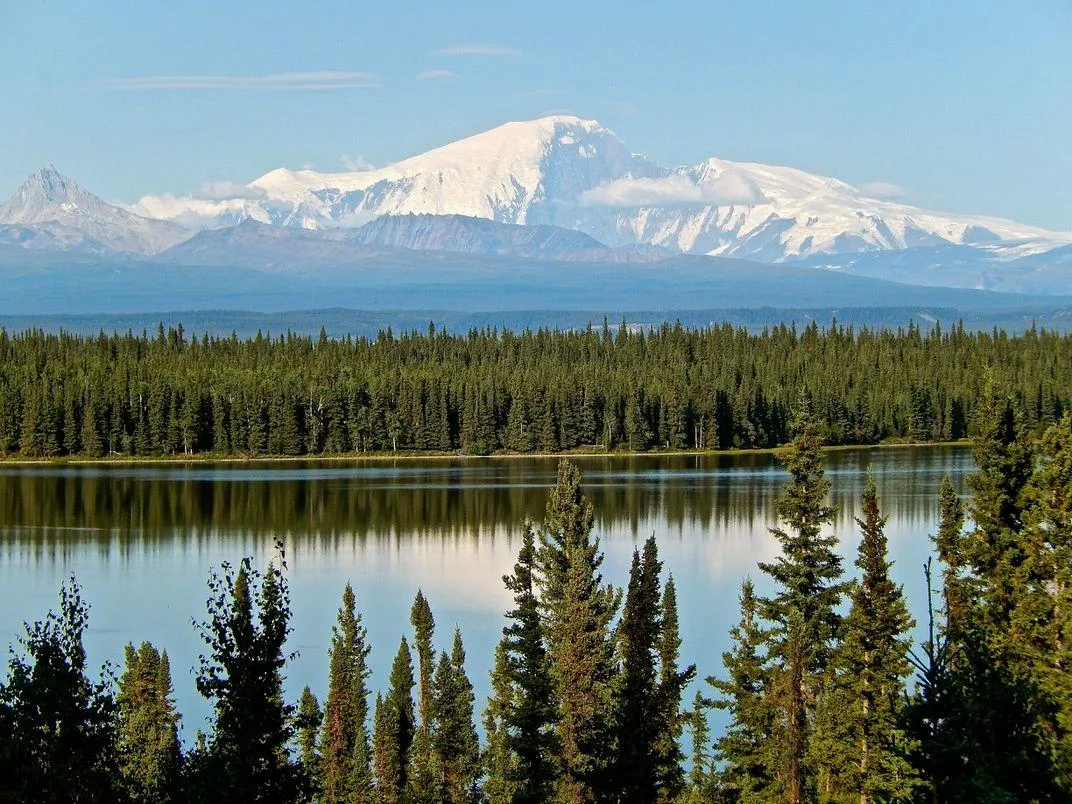
There are more than 40 active volcanoes in Alaska, equating to more than 80 percent of the total number in the U.S. Many of them are along the Alaska Peninsula and the Aleutian Islands. The largest volcanic eruption of the past century was Novarupta, which blew in 1912. It’s located in what’s now Katmai National Park, where you can visit the Valley of Ten Thousand Smokes to see chimney-like extinct fumaroles and lunar-looking lava fields. Wrangell-St. Elias National Park has a 2,000-square-mile volcanic field, which includes Mount Wrangell, a 14,163-foot active volcano that still spits steam on cold mornings. To catch other volcanoes in action, look for updates on current activity at the United States Geologic Survey website.
Planning Your Next Trip?
Explore great travel deals
Smithsonian magazine participates in affiliate link advertising programs. If you purchase an item through these links, we receive a commission.
/https://tf-cmsv2-smithsonianmag-media.s3.amazonaws.com/accounts/headshot/matchar.png)
/https://tf-cmsv2-smithsonianmag-media.s3.amazonaws.com/accounts/headshot/matchar.png)